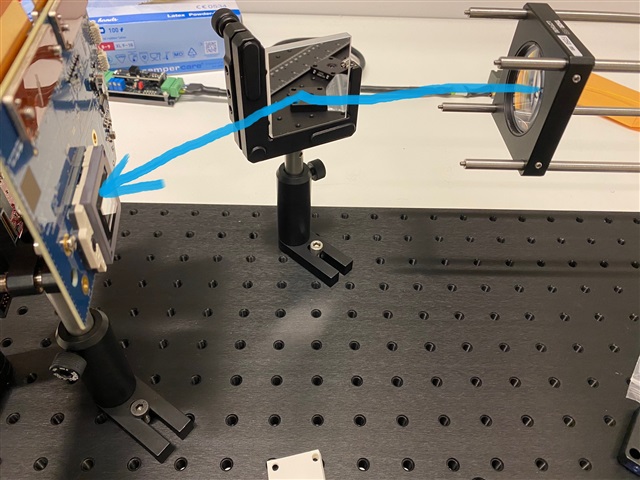Tool/software:
Hi,
I am working on the 3D printer design based on the DMD chips. I now have two DMD chips, the DLP 6500 and DLP 670s. When I tried to illuminate the DMD with the light, I found some differences that I would like to inquire you.
Normally the DMD chips have a specific tilt angle. for the DLP 6500, the tilt angle is 12 degrees. If I want to illuminate the DMD with light (DMD is fixed vertically , and the light is coming from the side), I need to tilt the DMD at an angle: arctan(tan(12 ÷ √(2)), then I can get the right reflected light from the DMD (parallel to the building platform).
, and the light is coming from the side), I need to tilt the DMD at an angle: arctan(tan(12 ÷ √(2)), then I can get the right reflected light from the DMD (parallel to the building platform).
For the DLP 670s, the tilt angle is 17.5 degrees. According to our experience on setting up DLP6500, we first tilt the DMD and tilt the DMD arctan(tan(17.5 ÷ √(2)), but the reflected light is going upwards instead of parallel to the building platform. The weird thing is that if I don't tilt this DMD, then it could come with a right reflected beam that is parallel to the building platform.
So I am wondering what is the reason behind this difference. why for the DLP670s, it is not necessary to tilt the DMD an angle in our case?
Best regards,
Ben

